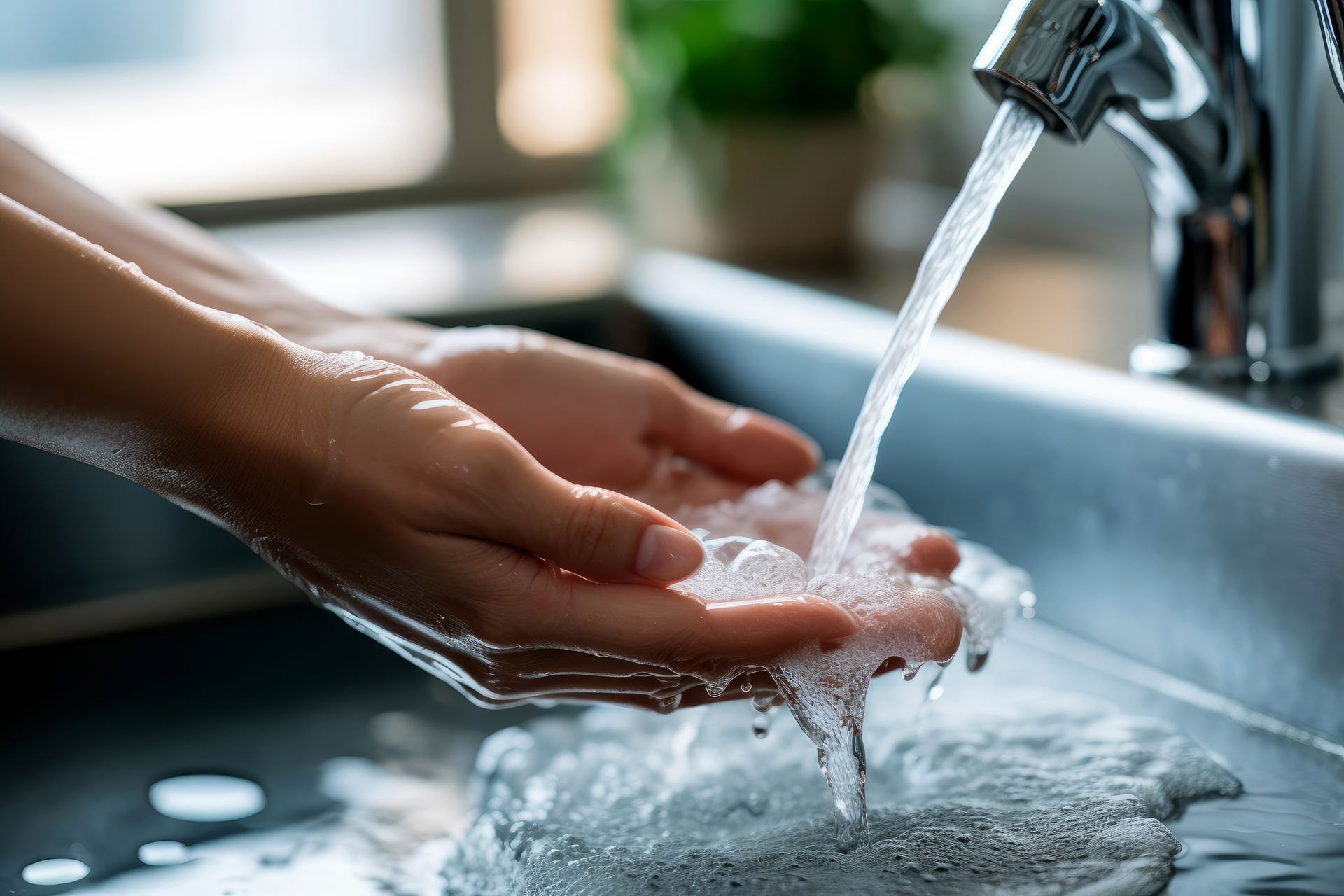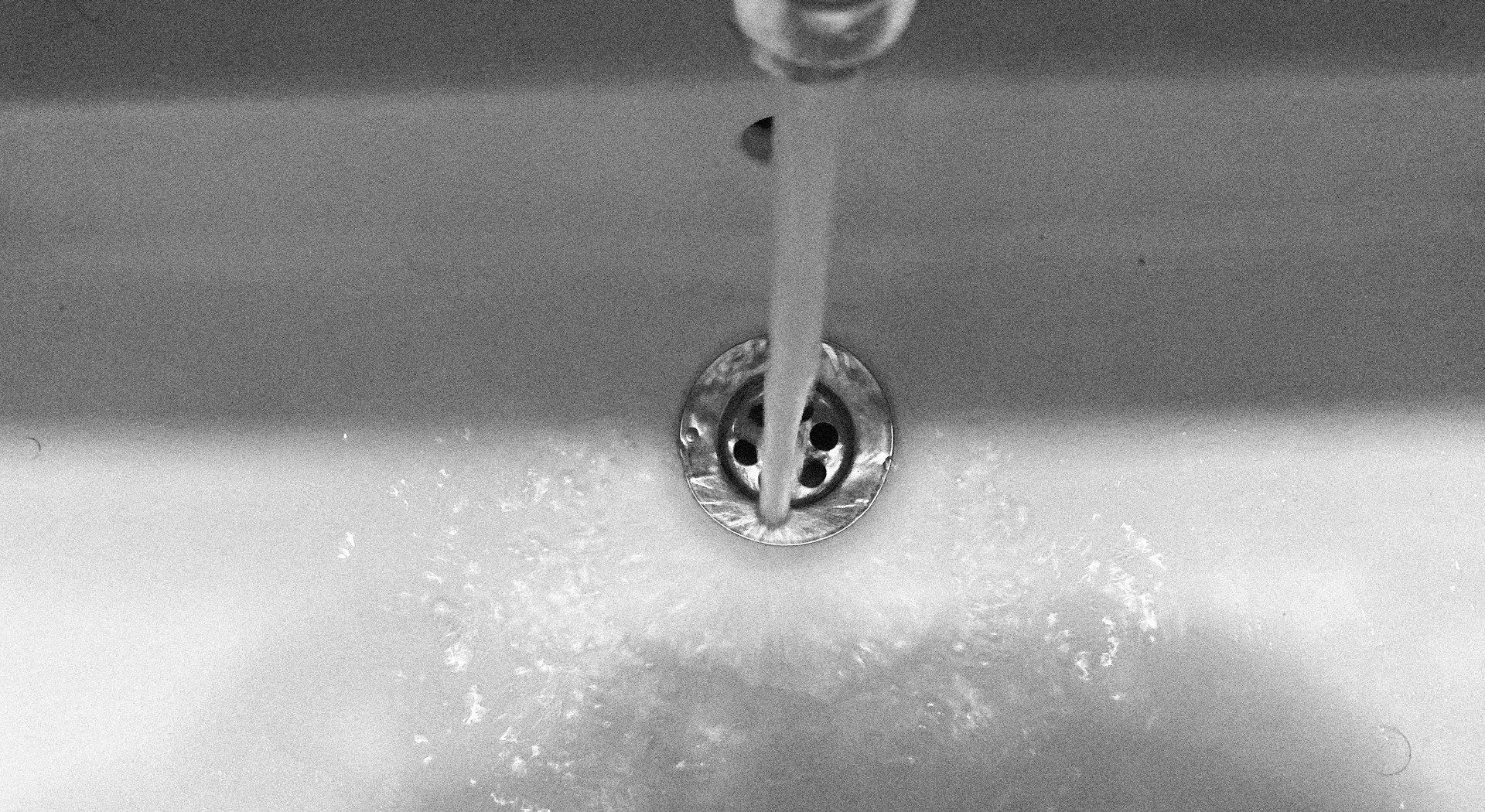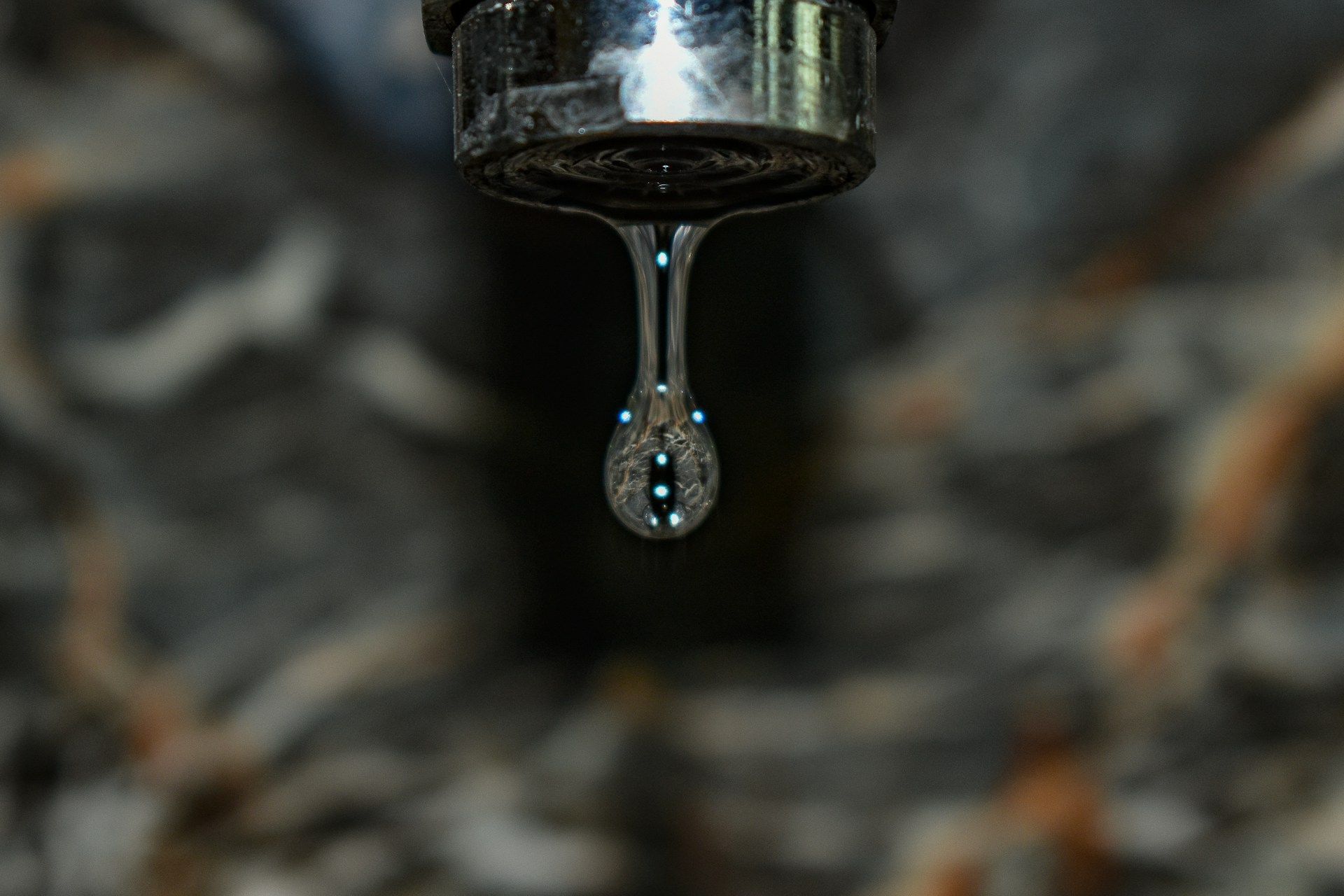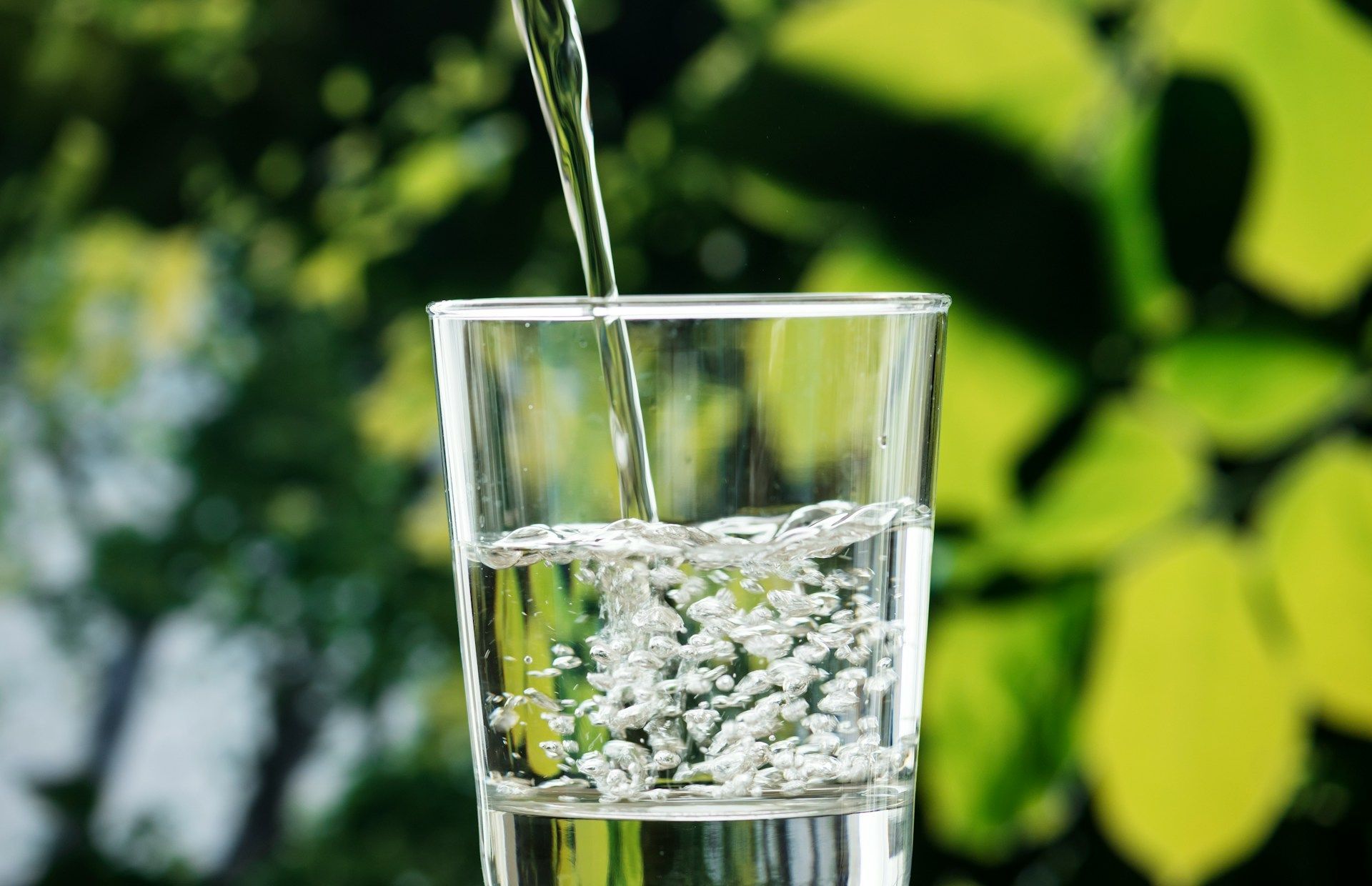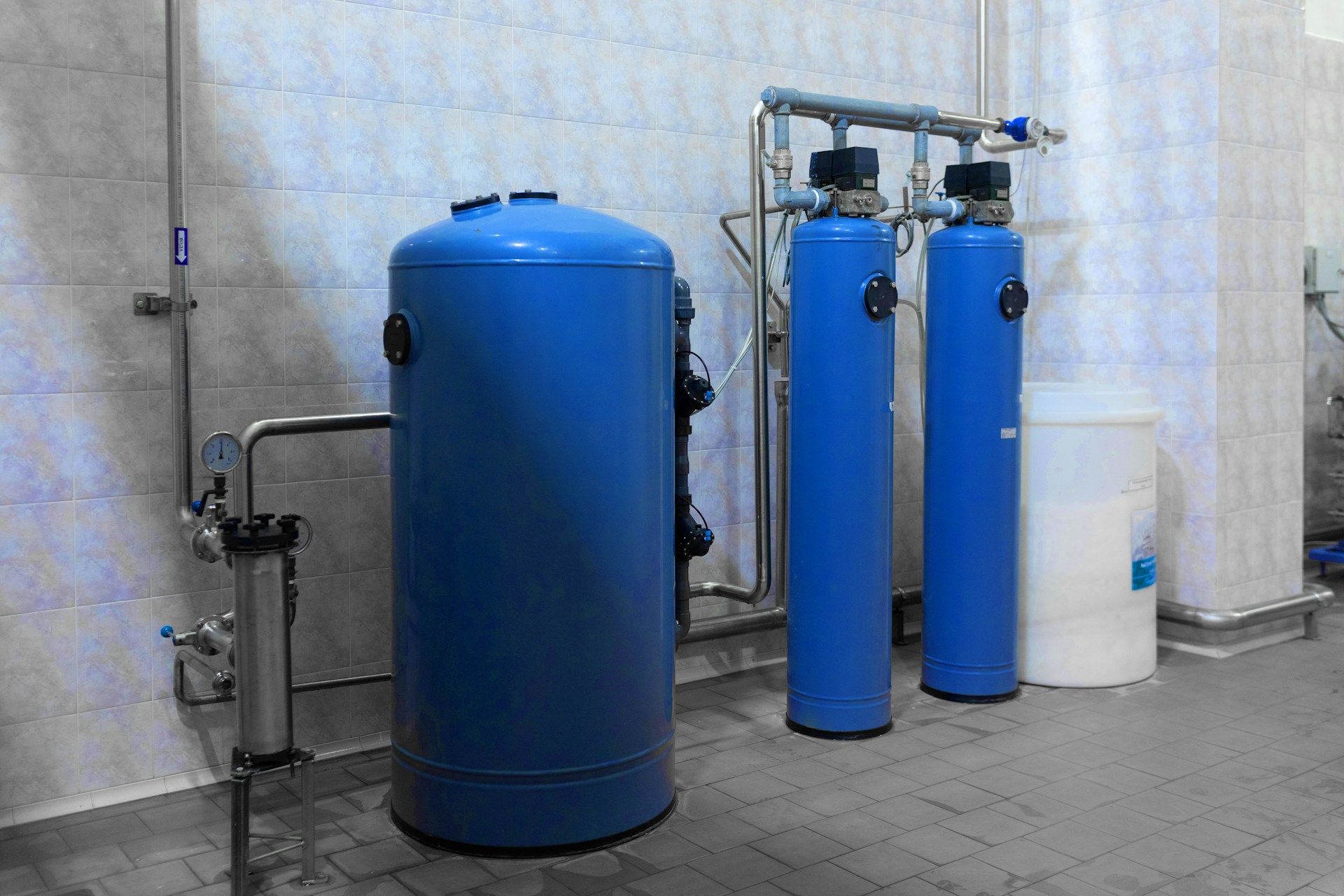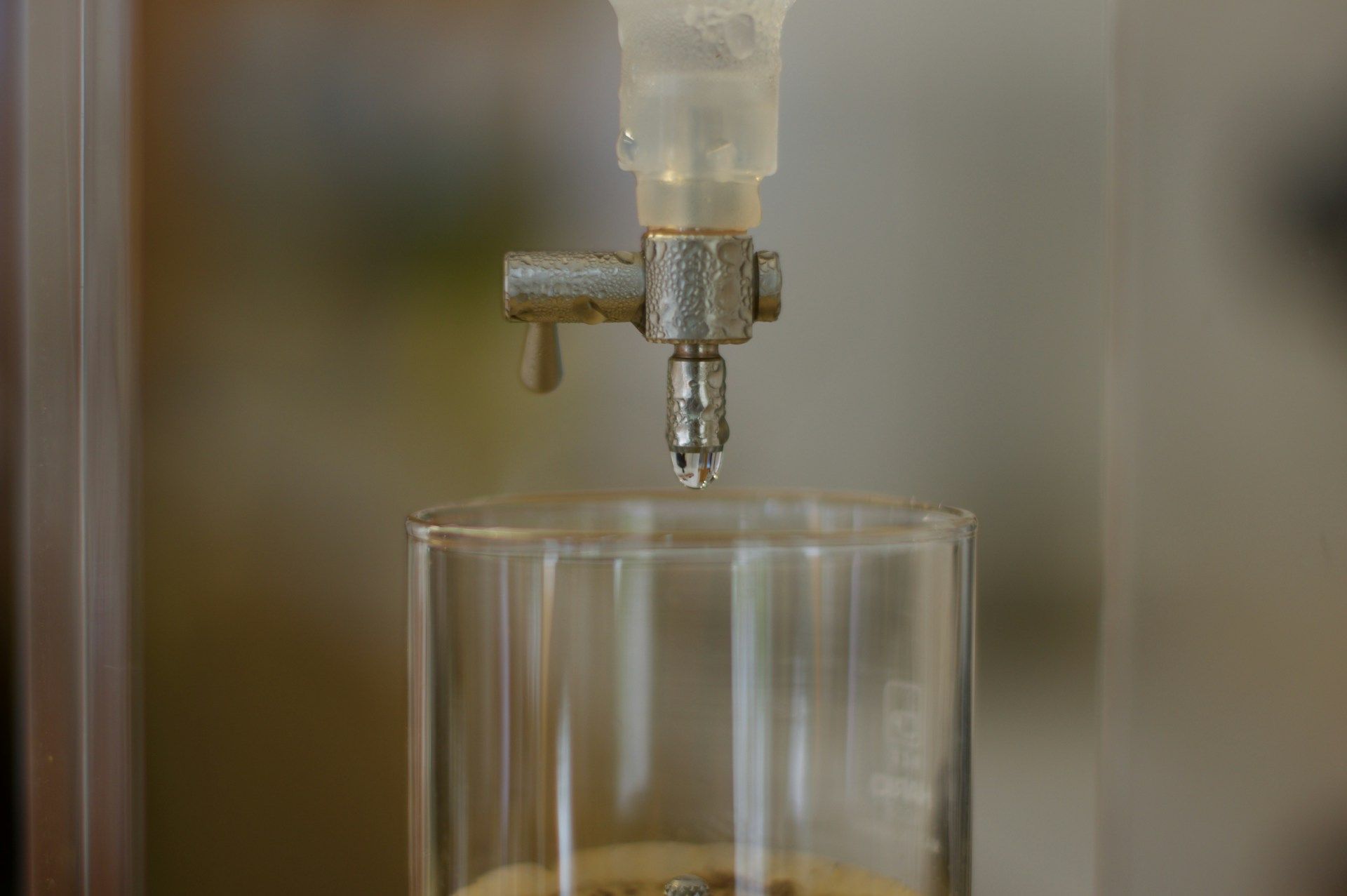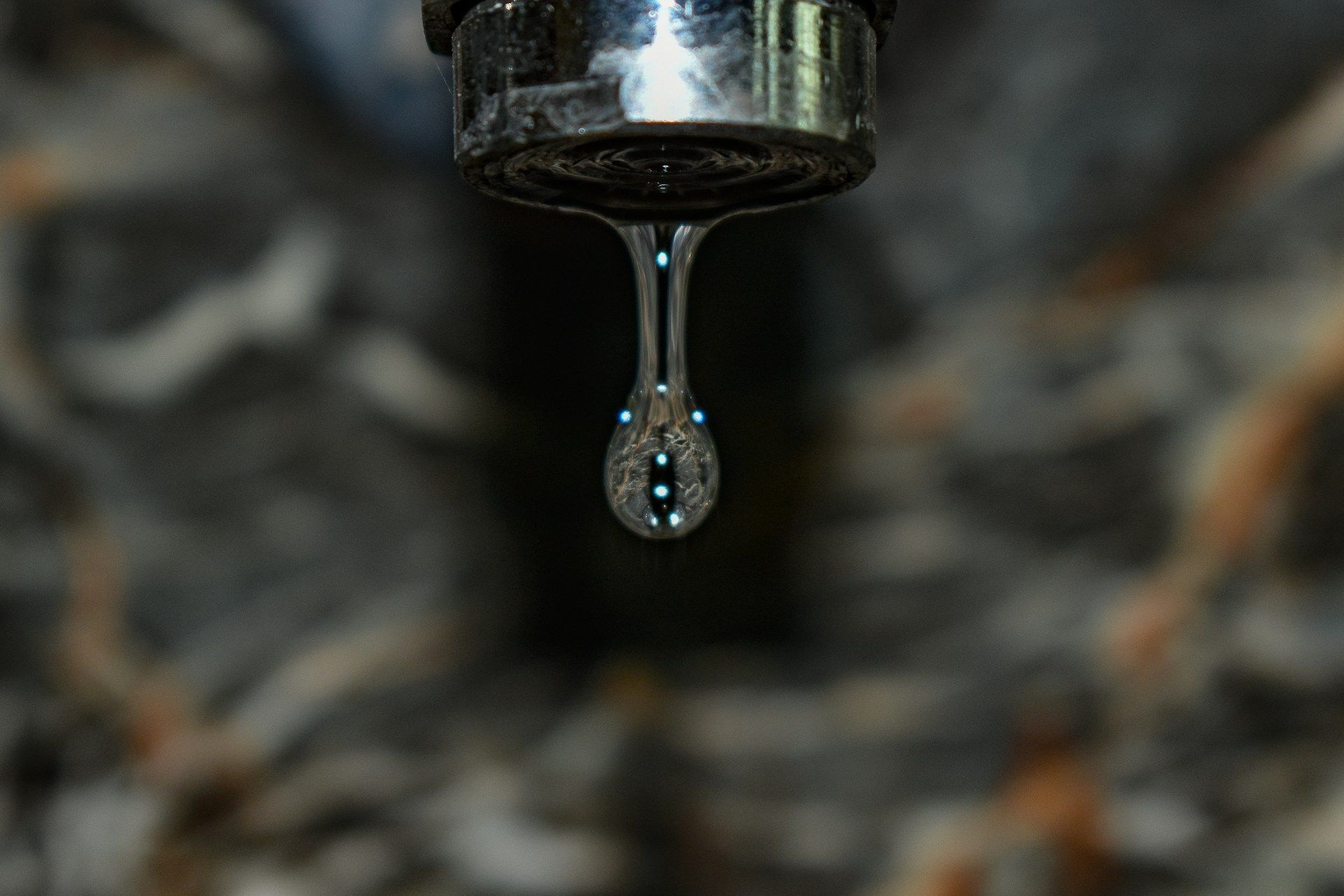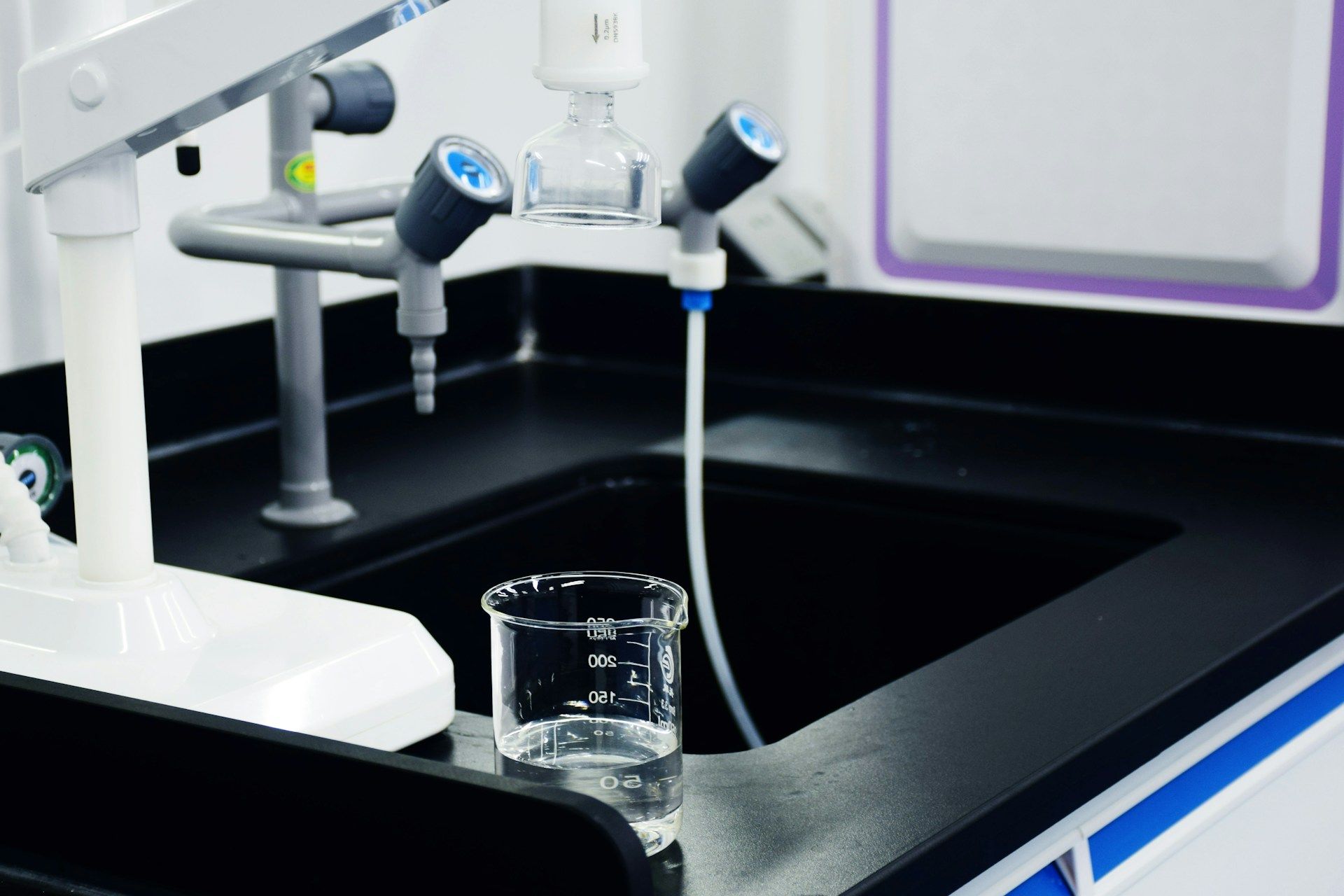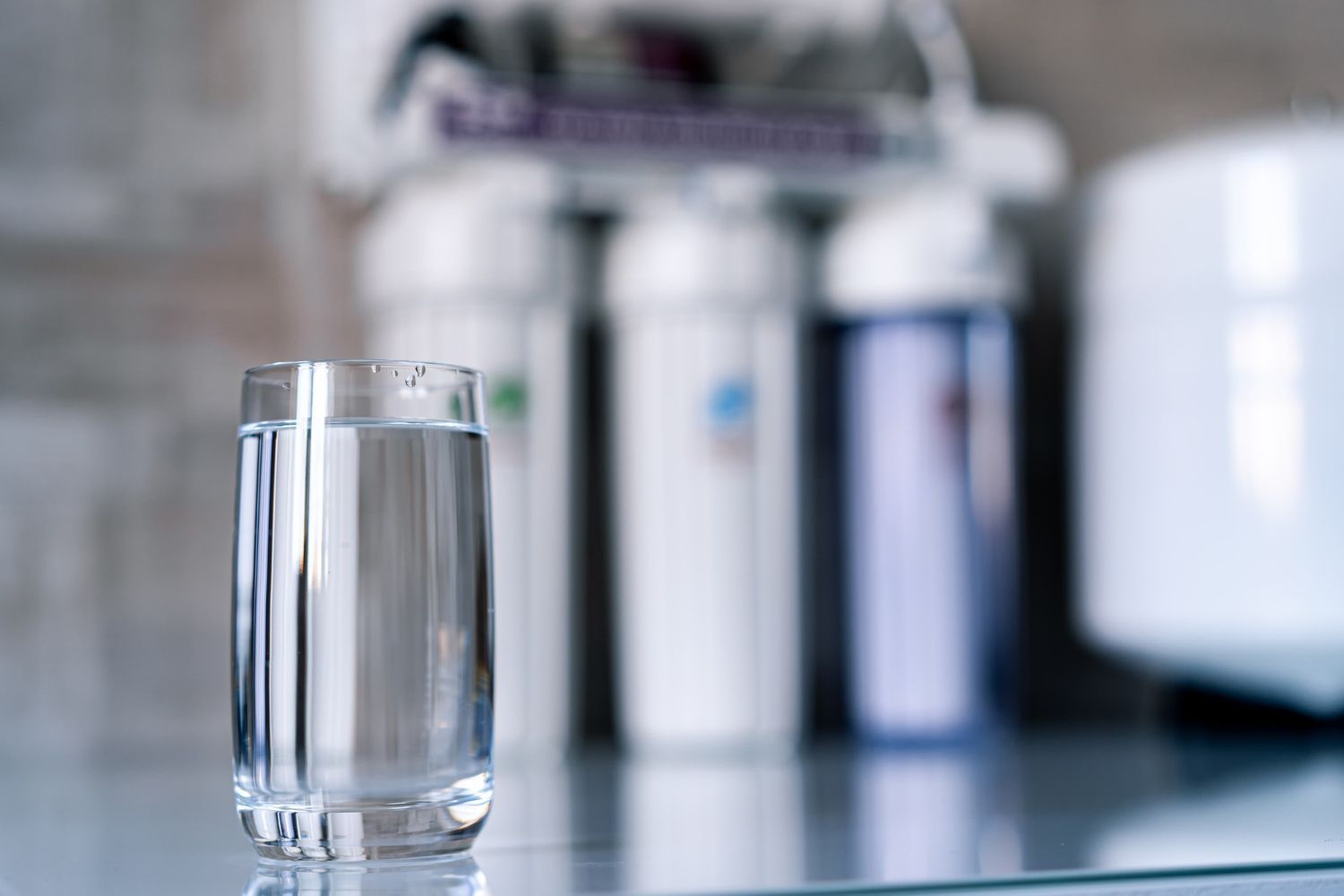Signs Your Water Pressure Is Being Affected By Your Filtration System In Park City
Low water pressure can sneak up on you. One minute you're enjoying a strong shower, and the next, you're wondering why the water’s barely trickling out. In homes around Park City, many residents are surprised to learn that their water filtration system could be the cause. While these systems are great for improving water quality, they can sometimes affect water flow if something goes wrong.
In some cases, homeowners don’t notice the drop in pressure right away. It tends to happen gradually. Over time, you're left with appliances that don’t fill correctly or faucets that just feel weaker than they used to. It's frustrating, but the good news is that there are warning signs. Knowing what to watch for can save you from bigger headaches later.
Common Signs Indicating Water Pressure Issues
If your water pressure is being impacted by the filtration system, your home will usually give you a few clues. These signs might show up in different ways, depending on the problem's source, but you’ll often see patterns like the ones below:
- Noticeably weaker flow at your showerhead or faucets, even when other plumbing seems fine
- Your dishwasher or washing machine takes far longer to finish cycles due to slow filling
- Pressure changes from one faucet to another — strong in the bathroom, barely there in the kitchen
Take note if your plants aren’t getting enough water from the kitchen sink sprayer, or if washing your car in the driveway becomes a drawn-out process because of a slow hose. These are simple, everyday moments where pressure problems become noticeable.
It’s also common to hear complaints around the house when daily tasks become harder than they should be — like rinsing shampoo or getting pots clean. Keep in mind that this might not mean something’s wrong with your plumbing across the board. The root of the issue could be hiding within your water filtration setup.
How Water Filtration Systems Affect Water Pressure
Your home’s water filtration system does more than just clean the water. It moves it through a series of filters before it ever reaches your faucet. If one part of that system is hindered, clogged, or installed incorrectly, it can slow everything down.
Here’s how it typically works. Water enters through the main supply and gets routed through filters that trap minerals and other impurities. If those filters are dirty or oversaturated, the flow starts to drop. Picture a coffee filter that's packed tight. It doesn’t let much pass through, and the same thing happens with water filters when they’re overdue for replacement.
Besides clogged filters, other reasons for pressure drops include:
- Poorly sized filters that restrict water flow more than necessary
- Installation problems that introduce unnecessary bends or restrictions in your plumbing
- Worn-out components that start letting debris build up in the water paths
These systems are meant to improve your water quality, but without regular checkups and the correct setup, they can end up being a source of problems. It’s worth taking a closer look before assuming it’s something else causing the issue.
Troubleshooting Water Pressure Problems
When your water pressure takes a dive, the first step is figuring out what part of the filtration setup might be slowing things down. In many cases, it starts with something as simple as a dirty filter. If a filter hasn’t been changed in a while, built-up sediment can restrict how much water gets through. This issue usually shows up as a steady drop in pressure across all faucets.
Here’s a basic process to help identify if your water filtration system is to blame:
1. Check your water pressure at different faucets to see if the issue is widespread.
2. Inspect the filter housing for any signs of cloudiness or discoloration.
3. If your system has a pressure gauge, take a reading and compare it to what it was when it was working well.
4. Listen for strange noises around the filter area, like whistling or gurgling sounds.
5. Keep track of how long it’s been since your last maintenance or filter change.
If you spot anything off, delay can lead to bigger problems. Filters and parts wear down over time and need to be looked at regularly, even if nothing seems obviously broken. If you’ve replaced the filter and there’s still a drop in pressure, it’s likely time to call in someone experienced with water filtration systems local to Park City.
Another issue that trips up homeowners is confusing pressure problems with general plumbing issues. If you're not trained to spot what’s causing the slow flow, you might end up replacing things that aren't the problem. A quick check-up from a professional can save a lot of stress and back-and-forth.
Maintaining Optimal Water Pressure Year-Round
Keeping your water pressure right where it should be doesn’t have to feel like a chore. A few simple habits, when done consistently, can go a long way in avoiding sudden pressure drops from your filtration system.
- Replace filters on time based on your system's usage and local water conditions
- Keep an eye on signs of pressure loss and act before it gets worse
- Avoid skipping seasonal inspections, especially ahead of heavy usage in summer or winter
- Make sure your system was installed correctly for your home’s flow rate and pipe size
- Schedule a professional to check system components every year or two for any blockages or wear
Homes in Park City go through seasonal swings that can influence water usage and stress on filtration systems. It’s worth being a little more proactive during months when water demand goes up. In summer, when outdoor use increases, even a small flow restriction becomes noticeable. By staying on top of small issues, you avoid big surprises ahead.
Investing in ongoing care is more about peace of mind than anything. With steady water pressure, daily life feels a lot smoother, from cooking and cleaning to grabbing a quick shower before rushing out the door.
Making Everyday Water Use Easy Again
Consistent water pressure makes everything easier. From the first cup of coffee in the morning to the last load of laundry at night, it’s something you may take for granted until it’s gone. If your filtration system isn’t checked regularly, though, it can start working against you.
Knowing the signs of pressure loss and understanding how your system works is the starting point. But owning and maintaining a reliable setup isn’t something you have to figure out on your own. The good news is, there are solutions that fix the issue without making it feel overwhelming. Whether it's a simple filter change or checking the whole system, the key is to address it early and stay ahead of the wear and tear.
For dependable water pressure and a smooth-running home system, staying on top of routine upkeep makes a big difference. If you’re noticing changes in performance, now’s a good time to explore water filtration in Park City and see how Water Science can help keep everything flowing the way it should.
Don't let inconsistent water pressure disrupt your daily routine any longer. If you're experiencing pressure drops, it might be time to consider a comprehensive solution with [water purification systems in Utah](https://www.mywaterscience.com/services/water-filtration). At Water Science, we specialize in ensuring your water flows smoothly, meeting the demands of everyday living. Get your system checked and enjoy peace of mind, knowing your water pressure is in expert hands.
